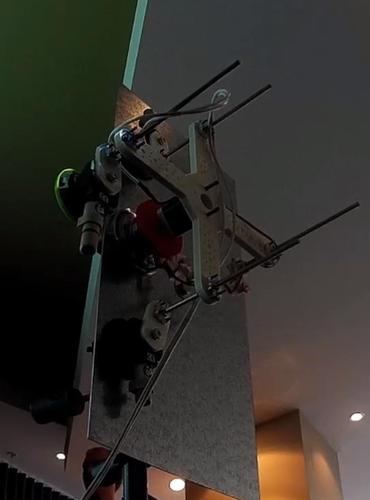
Safecracking has been performed as long as… well, as long as there have been safes with good stuff inside — and highly motivated people wanting to take a gander.
We all have the image (cue up the James Bond soundtrack, please) of the glamorous safecracking artist, clad in black, shushing everyone while he has his ear to the safe, opening it moments later in silent, arrogant triumph.
While Luke Janke and Jay Davis look like pretty normal guys, they can open a safe in a matter of minutes, and in just two weeks they built their apparatus, on the cheap. There are many different methods of opening a variety of safes, but Janke and Davis have created a device that rivals technology only available to the military, which costs around $10K or more.
To create their safe-cracker, all they needed was:
- 3D printed parts for the apparatus
- Salvaged electronics
- Arduino software
- $1500
The duo recently displayed their safe-cracking prototype while speaking at the Ruxcon security conference in Melbourne, Australia (October 11-12, 2014).
“Two group locks are pretty much used for everything,” Davis said at the conference. “We’re still working on tracking combinations so that if you get busted you can run away and come back and try later on — not that we condone that.”
Not only would this project indicate another interesting use for 3D printing combined with Arduino software, but it’s also an indication that there is safety in numbers for safe owners — safety in changing the numbers in owner combinations, even if it is an inconvenience, as Janke and Davis pointed out that most locks have about ten default combinations that don’t ever get changed because the owners find it challenging to do so, or just don’t bother.
What are your thoughts on this 3D printed autodialing safecracker? Tell us about it in the 3D Printed Safecracking forum thread at 3DPB.com.